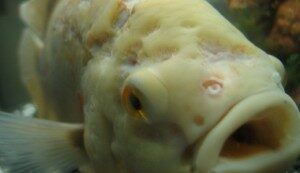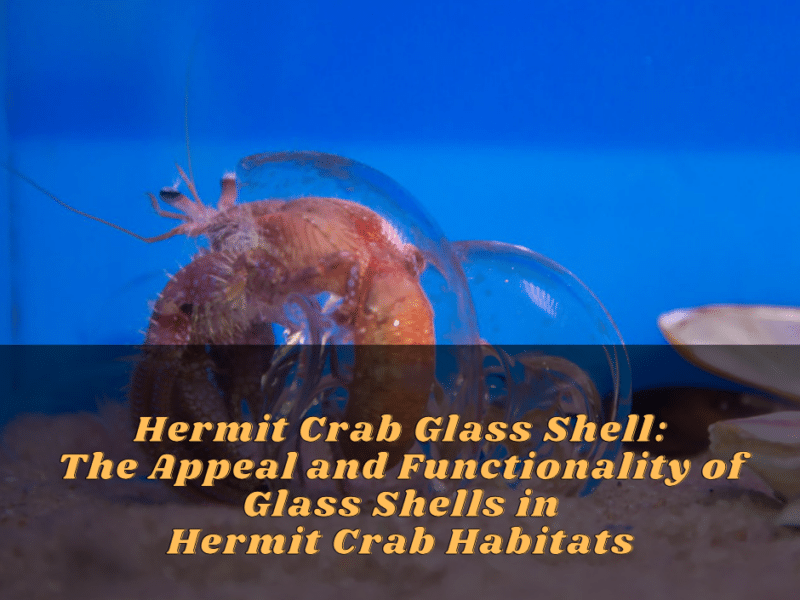|
Listen:
Getting your Trinity Audio player ready...
|
Hole in the head disease is a fairly common disease of freshwater tropical fish that primarily affects cichlids, discus, and oscars. Another common name for this disease is lateral line erosion. There are several suspected causes of this disease, and while it can be fatal, if treated early, most fish can survive.
The signs include pitting-type lesions on the head and lateral line. The condition may be mild at first, but if changes to the environment and treatment are not initiated, the holes will become larger and secondary bacterial and fungal infections may develop. The effected areas can deteriorate and have horrific results, usually affecting the eye area. The fish becomes systemically ill with loss of appetite and death.
Cause: A common contributing cause is the parasite Hexamita. This parasite primarily infects the intestinal tract, and spreads to the gall bladder, abdominal cavity, spleen, and kidneys. As the disease progresses, the classical lesions of hole in the head disease appear. These lesions will open up and may discharge small white threads that contain parasitic larvae. Secondary bacterial or fungal infections may then develop in these openings and may lead to a more serious disease, and death.
Listed are some of the ways that a fish can contract hole in the head:
• Heximita infections • Environment / Water Conditions
• Poor Diet
Conditions that create stress will also increase the incidence of this disease. Poor water quality, improper nutrition, or overcrowding are all factors that can cause this problem. Because the disease is often associated with older fish, there may be a link with decreased function of the immune system in these older fish and an increase in the incidence of the disease.
Treatment: Because there may be multiple causes of this disease, the treatment usually consists of taking a multi-faceted approach. The goal is to rid the fish of Hexamita, improve water quality, and improve nutrition.
A common treatment for infection with Hexamita includes the addition of the antibiotic metronidazole to the treatment tank housing the infected fish. Water quality must be closely watched, and adjusted to the exact requirement of your fish. Improving nutrition is essential, making sure to target the diet to the species you are treating. In cases where secondary bacterial infections are present, additional antibiotics may be needed.



